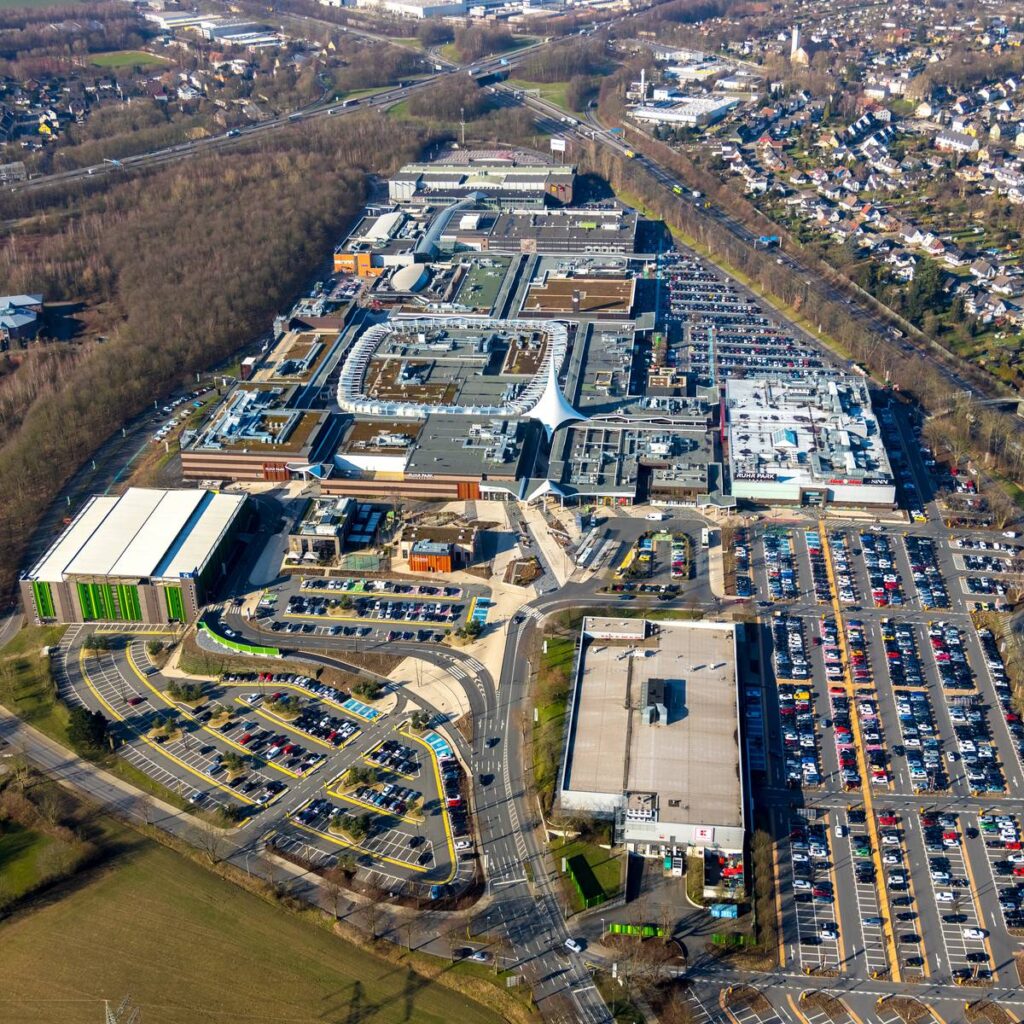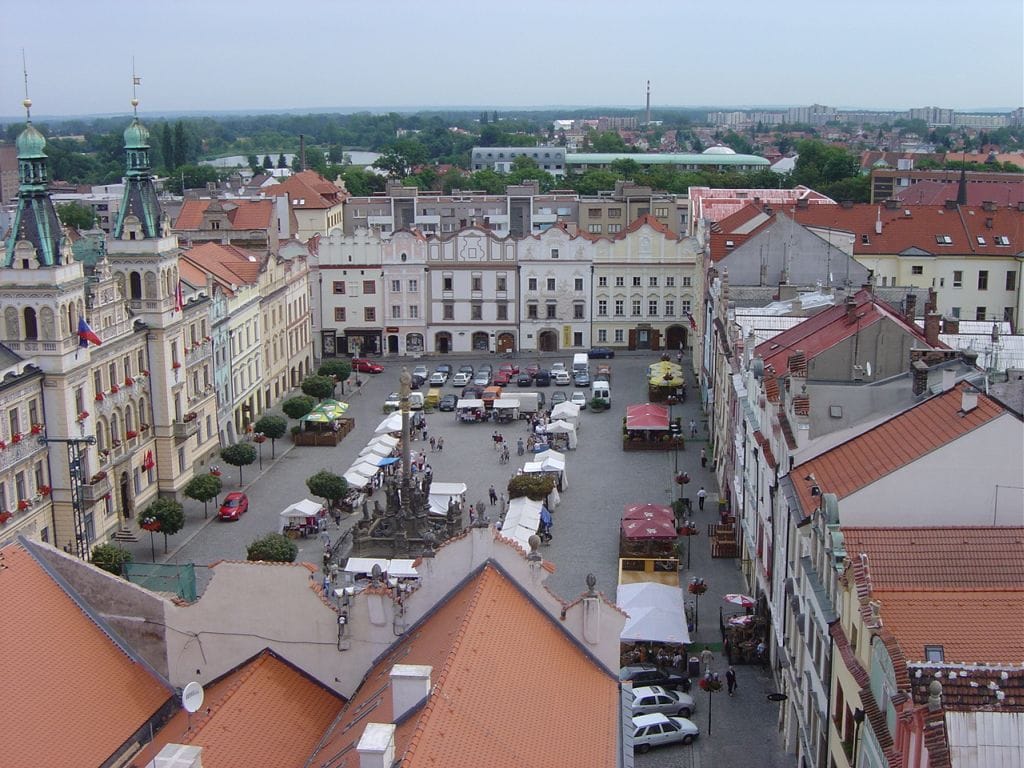Smart parking projects are not just reshaping cities but are also revolutionizing transportation on a global scale. By integrating cutting-edge technology with smart infrastructure, these initiatives are addressing parking challenges across various environments, from bustling urban centers to sprawling commercial hubs and even airports and professional campuses.
1) Why deploying smart parking solutions is important ?
Deploying smart parking solutions is crucial for modern cities due to their wide-ranging benefits for multiple stakeholders.
A) Reducing traffic and emissions through smart parking projects
Smart parking systems help drivers find available parking spaces quickly through real-time data, reducing the time spent circling streets. This leads to less traffic congestion and lower emissions, contributing to cleaner, more efficient cities.
B) Optimizing space and revenue
Cities can optimize the use of existing parking spaces, avoiding the need for costly new infrastructure. Dynamic pricing models can adjust rates based on demand, maximizing revenue for city governments while ensuring better parking availability.
C) Enhancing Customer Experience
For businesses, easier parking increases customer footfall and satisfaction. Retail centers, for example, can integrate parking information into their apps, allowing customers to reserve spaces in advance, which enhances their overall experience.
D) Improving quality of life
Residents and commuters benefit from less time spent searching for parking, reducing stress and improving their daily routines. Additionally, the environmental benefits of reduced emissions contribute to better public health and a more livable urban environment.
2) Why deploying smart parking projects at scale is hard ?
A) Cost of smart parking projects
Deploying smart parking solutions at scale is challenging primarily due to the high costs and infrastructure demands involved. The technology itself, such as ground sensors that detect occupied parking spaces, can be particularly expensive to install and maintain. Each parking spot requires its own individual ground sensor, meaning that we should find a large number of sensors across extensive areas. This leads to significant upfront expenses in large-scale implementations.
Beyond the initial costs, the smart parking projects require numerous sensors which also need regular maintenance, adding costs to the long-term financial burden. However, sensors deployed on lighting poles offer a more cost-effective alternative as they can cover multiple parking spaces from a single location, reducing the number of devices needed and lowering overall costs.
B) Challenges of IoT infrastructure
Another significant challenge in deploying smart parking solutions at scale is the reliance on IoT (Internet of Things) infrastructure. The vast network of interconnected sensors, cameras, and devices required for a smart parking system demands robust and reliable IoT connectivity. Ensuring consistent communication between these devices across large areas can be difficult, especially in environments with poor network coverage or interference.
Additionally, managing the security of IoT devices is crucial. Indeed vulnerabilities in the network could expose the system to cyber threats. The complexity of maintaining a secure, stable, and efficient IoT infrastructure adds another layer of difficulty to the large-scale deployment of smart parking systems.
C) Data management and privacy concerns
At scale, smart parking systems generate vast amounts of data that must be processed, stored, and analyzed. Which make data management both complex and resource-intensive. Handling this massive influx of data securely is critical, as any breaches could compromise the system’s integrity and user trust.
Furthermore, the smart parking projects use cameras and sensors to monitor parking spaces, introducing significant privacy concerns, especially if these systems capture detailed data on vehicle movements or individual drivers. Ensuring compliance with privacy regulations adds another layer of complexity, requiring robust data protection measures and careful oversight to balance operational efficiency with privacy rights.

3) Skidata 3500 ground parking sensors for a shopping mall
A) Context of the smart parking project
To accommodate the high volume of shoppers and ensure a seamless experience, the Westfield Century Mall decided to implement a parking guidance system. The project aimed to improve traffic flow within the parking facility, reduce the time spent searching for available spaces, and ultimately elevate the overall customer experience at the mall.
B) What’s the solution proposed and deployed ?
To achieve these goals, the Westfield Century City Mall deployed Skidata’s advanced parking management technology. This included a comprehensive system of sensors and signage that guides drivers to available parking spaces in real-time
C) Key numbers
5000 sensors
5000 parking slots

3) Clevercity 500 sensors for 5000 parkings slots
A) Context of the smart parking project
The Ruhr Park Shopping Center in Bochum, Germany, aimed to enhance the parking experience for its visitors by addressing common issues related to parking space availability and traffic congestion. The project focused on implementing a technology-driven system that could provide real-time parking information and guidance to visitors.
B) What’s the solution proposed and deployed ?
The Ruhr Park Shopping Center deployed Cleverciti’s innovative parking management technology. This system features high-tech sensors installed throughout the parking facility to monitor space occupancy and direct drivers to available spots efficiently. The solution also includes dynamic signage that provides up-to-date information on parking availability, enhancing the overall convenience for shoppers.
C) Key numbers
150 sensors
4500 parking slots

3) Cocoparks the most efficient solution, 50 sensors for 4700 parking slots
A) Context of the smart parking project
The Marseille Airport has issued a call for tenders to implement an innovative and efficient virtual parking guidance system at the Super Eco parking facility. The goal of this project is to streamline the parking process, making it easier for customers to find available spaces quickly and efficiently, thereby improving convenience and satisfaction for all who use the facility.
B) What’s the solution proposed and deployed ?
Cocopaks has chosen for this smart parking project, a specialized type of sensor known as Cocospot, which has been strategically installed at the top of the parking lot’s lamp posts. These advanced sensors provide a bird’s-eye view of the parking area, accurately detecting the presence of vehicles and relaying real-time data on space availability
C) Key numbers
50 sensors
4700 parking slots

3) Fleximodo 5000 ground sensors for 5000 parking slots
A) Context of the smart parking project
The project aims to transform Pardubice’s parking system into a state-of-the-art, 21st-century solution. Fleximodo’s IoT-based smart parking technology, including their high-precision sensors should improve parking efficiency and urban mobility in the city.
B) What’s the solution proposed and deployed ?
The technology chosen for this project is ground sensors. A total of 3,500 ground sensors have been deployed across the site, enabling real-time monitoring of parking space availability. These sensors detect the presence or absence of vehicles,
C) Key numbers
3500 ground sensors
3500 parking slots




